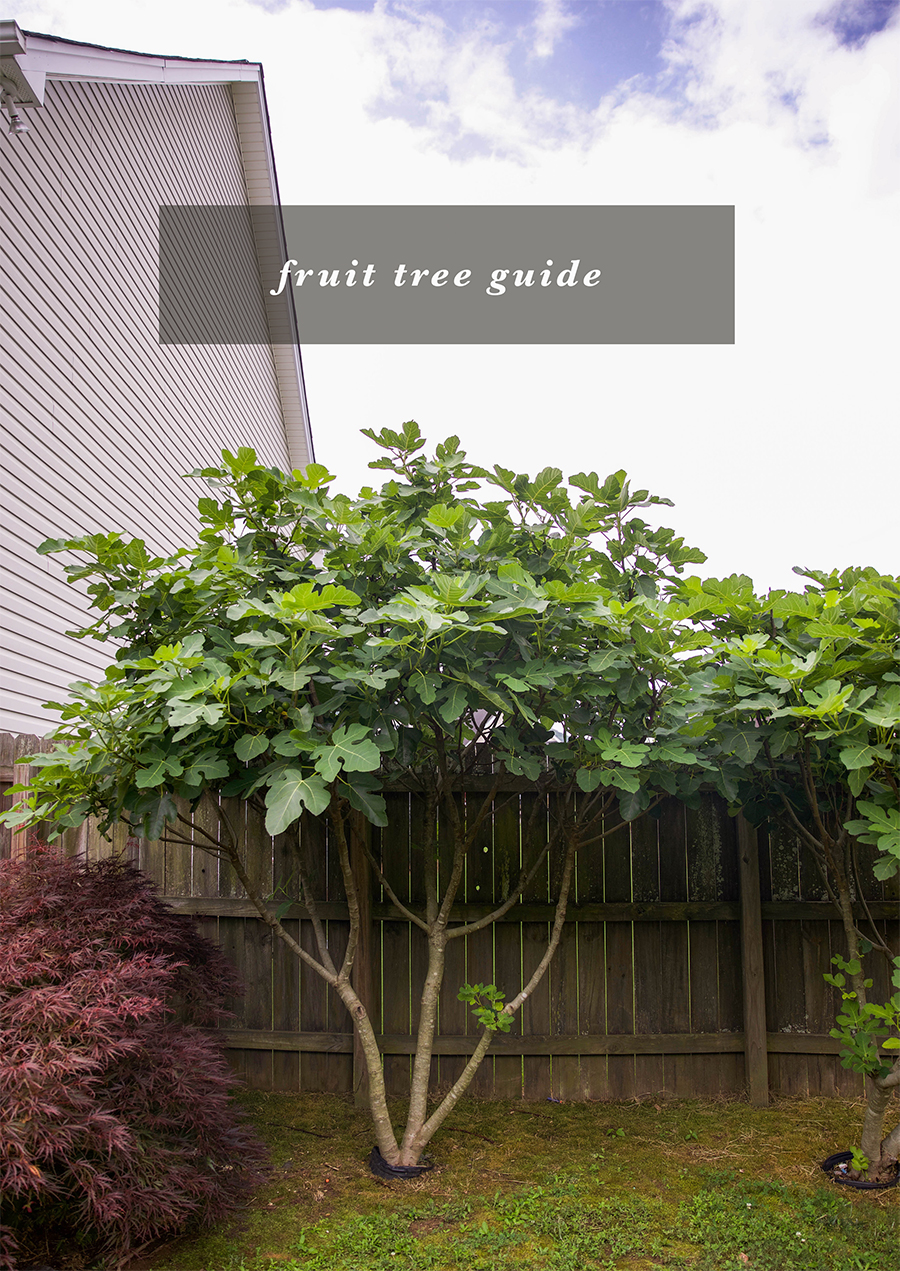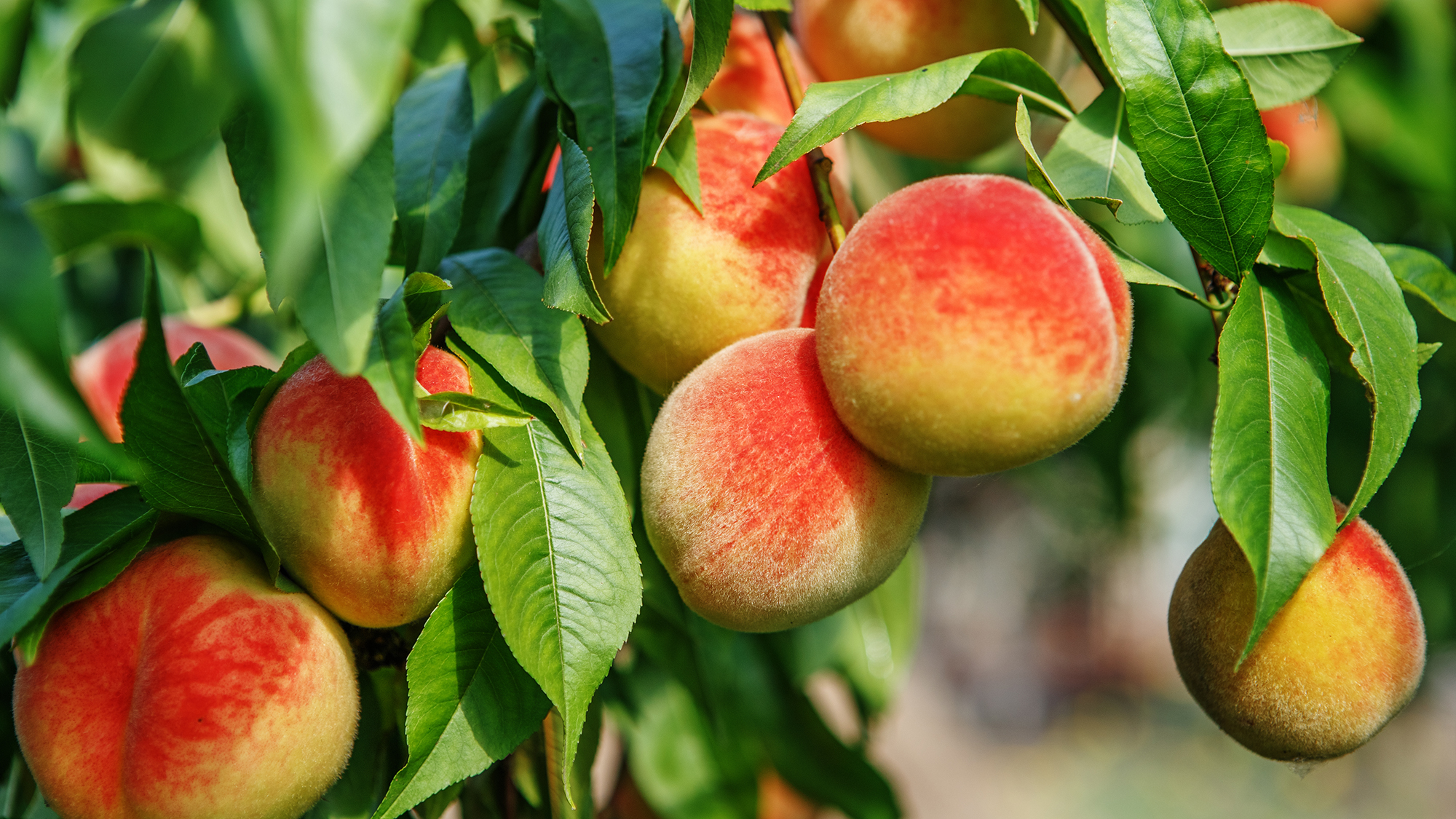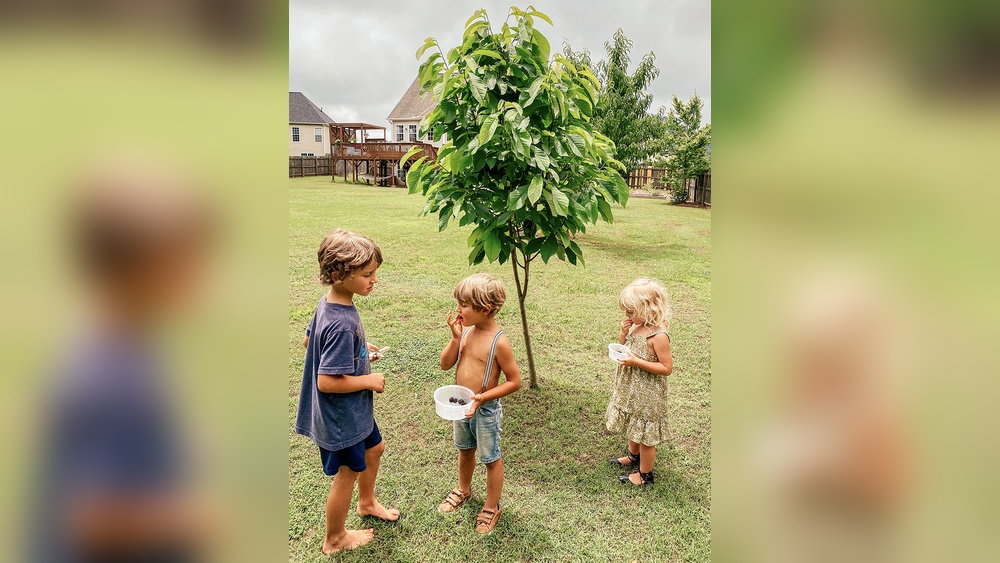As an Amazon Associate, I earn from qualifying purchases.
If you’ve ever dreamed of biting into a juicy, sweet peach picked fresh from your own backyard, you’re in the right place. Growing peach trees at home isn’t just for expert gardeners—it’s something you can enjoy too.
But with so many varieties out there, how do you choose the best peach tree for your backyard? Whether you want peaches for snacking, baking, or canning, picking the right tree makes all the difference. Keep reading, and you’ll discover the top peach tree varieties that thrive in your garden and satisfy your taste buds perfectly.
Your perfect peach harvest is closer than you think!
Top Peach Varieties
Choosing the right peach variety shapes your backyard harvest. Peach trees offer many tastes and textures. Each type has unique features that fit different gardens and flavors. Here are some top peach varieties to consider.
Sweet White Peaches
Sweet white peaches are famous for their sugary taste. Their low acidity makes them gentle on the palate. They have soft, creamy flesh that melts in your mouth. Many gardeners love them for fresh eating and desserts.
Juicy Donut Peaches
Donut peaches are flat and round, resembling a donut shape. They are very sweet with juicy flesh. Their soft texture and unique shape make them a backyard favorite. These peaches ripen early and are easy to eat fresh.
Classic Elberta Peaches
Elberta peaches are a classic choice for many growers. They have large, golden-yellow fruit with sweet, delicate flavor. Elberta peaches work well for eating fresh, baking, and canning. Their freestone pits make them easy to prepare.
Tangy Redhaven Peaches
Redhaven peaches offer a sweet and tangy taste balance. Their firm, juicy flesh is perfect for fresh use and cooking. This variety resists many diseases and adapts well to different climates. Redhaven is one of the most popular peach trees.
Other Popular Varieties
Sunhigh peaches bring a balanced sweetness with rich flavor. Red Globe offers large, sweet fruit with a bright color. Babcock peaches have white flesh with a tart, tangy taste. These varieties add variety and unique flavors to your peach orchard.

Flavor Profiles
Choosing the right peach tree means knowing the flavor profiles you want in your backyard harvest. Peach flavors vary from very sweet to tangy and balanced. Each type suits different tastes and uses. Understanding these profiles helps pick the best peach for your garden.
Low Acidity And High Sweetness
Peaches with low acidity offer a mild, sugary taste. White peaches are top choices here. They have soft, creamy flesh and almost no tartness. Donut peaches also fall in this group. They are flat, juicy, and very sweet. These peaches are perfect for fresh eating or simple desserts.
Balanced And Tangy Tastes
Some peaches balance sweetness with a hint of tang. Elberta is a classic example. It has a delicate, sweet flavor with light tartness. Redhaven peaches also fit this profile. They bring a fresh, juicy bite with a little zing. These peaches are great for those who enjoy complex flavors.
Best Peaches For Baking
For baking, peaches with firmer flesh and tangy notes work best. Babcock peaches offer a tart, tangy flavor. Their texture holds up well in pies and cobblers. Sunhigh is another good choice. It has a balanced taste that adds depth to baked dishes. These peaches keep their shape and enhance baked goods.
Planting Tips
Planting peach trees in your backyard requires care and the right conditions. Good planting starts strong growth and healthy fruit. Follow these tips to give your peach trees the best start.
Ideal Planting Time
Plant peach trees in early spring or late winter. This timing helps roots settle before hot weather. Avoid planting in extreme cold or heat. Young trees grow best with cool, moist soil.
Soil And Location Requirements
Choose well-drained soil rich in organic matter. Avoid heavy clay or waterlogged areas. Pick a sunny spot with at least 6 hours of sunlight daily. Good air flow reduces disease risk and helps fruit ripen.
Spacing And Depth
Space peach trees 15 to 20 feet apart to allow room for growth. Plant trees at the same depth as they were in the nursery. Avoid planting too deep to prevent root problems. Firm soil gently around roots for good contact.
:strip_icc()/bhg-fruit-fig-tree-fig_detail_Late_Summer_Garden_dana_gallagher0027-4d6265b4e57c4528b0de7fa4611e5710.jpg)
Care And Maintenance
Growing peach trees in your backyard is rewarding. Proper care and maintenance keep trees healthy and fruitful. Simple steps help trees thrive and produce sweet peaches each season.
Understanding the needs of peach trees ensures strong growth. Paying attention to watering, pruning, and pest control protects your investment. These tasks improve fruit quality and tree longevity.
Watering Needs
Peach trees need regular watering, especially during dry spells. Water deeply to reach the roots. Avoid shallow watering, which weakens root growth. Early morning or late evening watering reduces water loss. Young trees require more frequent watering than mature ones.
Pruning Techniques
Pruning shapes the tree and removes dead branches. Cut in late winter or early spring before buds open. Thin crowded branches for better air flow. Remove any damaged or diseased wood. Proper pruning increases sunlight penetration and fruit size.
Pest And Disease Management
Check peach trees regularly for pests like aphids and borers. Use natural or chemical controls as needed. Remove fallen leaves and fruit to reduce disease risk. Treat common diseases such as peach leaf curl promptly. Healthy trees resist pests and diseases better.
Harvesting And Storage
Harvesting and storing peaches correctly helps keep their flavor and texture at their best. Picking peaches at the right time ensures sweet, juicy fruit. Proper handling during harvest prevents bruising and damage. Storing peaches properly extends their freshness and taste for days.
Signs Of Ripeness
Check the peach’s color. It should be deep and rich, without green areas. Gently press the peach near the stem. It should give slightly but not feel mushy. The fruit will smell sweet and fragrant when ripe. Avoid peaches with hard spots or greenish tones.
Proper Picking Methods
Hold the peach gently in your hand. Twist it softly until it comes off easily. Avoid pulling or yanking the fruit. Handle peaches with care to prevent bruising. Place picked peaches in a shallow basket to keep them from crushing.
Storage Tips For Freshness
Keep peaches at room temperature if they are not fully ripe. Once ripe, store them in the refrigerator to slow ripening. Place peaches in a single layer to avoid pressure marks. Use a paper towel to absorb excess moisture. Eat or use peaches within a week for best flavor.

Peach Trees For Small Backyards
Growing peach trees in small backyards is possible with the right choices. These trees do not need large spaces to thrive. Selecting suitable varieties and using smart techniques can help you enjoy fresh peaches at home. Small backyard gardeners can find peach trees that fit their space and still produce delicious fruit.
Dwarf And Patio Varieties
Dwarf peach trees are perfect for limited spaces. They grow only 6 to 8 feet tall. These trees bear fruit quickly, sometimes within two years. Patio peach trees are even smaller and ideal for containers. You can place them on balconies or patios. Both types need full sun and well-drained soil. Their manageable size makes pruning and harvesting easier.
Space-saving Growing Techniques
Using space-saving techniques helps maximize your backyard. Espalier is a popular method. It trains the tree to grow flat against a wall or fence. This reduces the tree’s footprint while improving fruit production. Another technique is container growing. Choose large pots with good drainage. Containers let you move trees for better sunlight. Regular pruning keeps trees healthy and compact. These methods allow peach trees to thrive in small spaces.
Frequently Asked Questions
What Is The Best Tasting Peach Variety?
The best-tasting peach varieties include white peaches for sweetness, donut peaches for juiciness, and Elberta for classic flavor. Redhaven offers a sweet-tangy taste. Sunhigh and Red Globe also rank high for flavor, while Babcock suits baking with its tartness.
What Month Do You Plant Peach Trees?
Plant peach trees in late winter or early spring, typically between February and April, before new growth starts.
What Should Not Be Planted Near Peach Trees?
Avoid planting black walnut, tomatoes, potatoes, and members of the nightshade family near peach trees. They hinder growth and spread diseases.
How Many Years Before A Peach Tree Will Bear Fruit?
Peach trees typically bear fruit 2 to 4 years after planting. Proper care and climate can affect this timeline.
What Are The Best Peach Tree Varieties For Backyards?
Popular backyard peach trees include Elberta, Redhaven, White peaches, Donut peaches, and Sunhigh.
Conclusion
Choosing the right peach tree makes backyard gardening more rewarding. Sweet varieties like White and Donut peaches please many tastes. Classic types such as Elberta and Redhaven offer rich flavors. Remember to consider your local climate and space before planting.
Proper care helps trees grow healthy and produce tasty fruit. Enjoy fresh peaches straight from your own garden soon. Growing peach trees adds beauty and joy to any yard. Start with the best varieties to ensure success and flavor.

